Category: Wearables
-
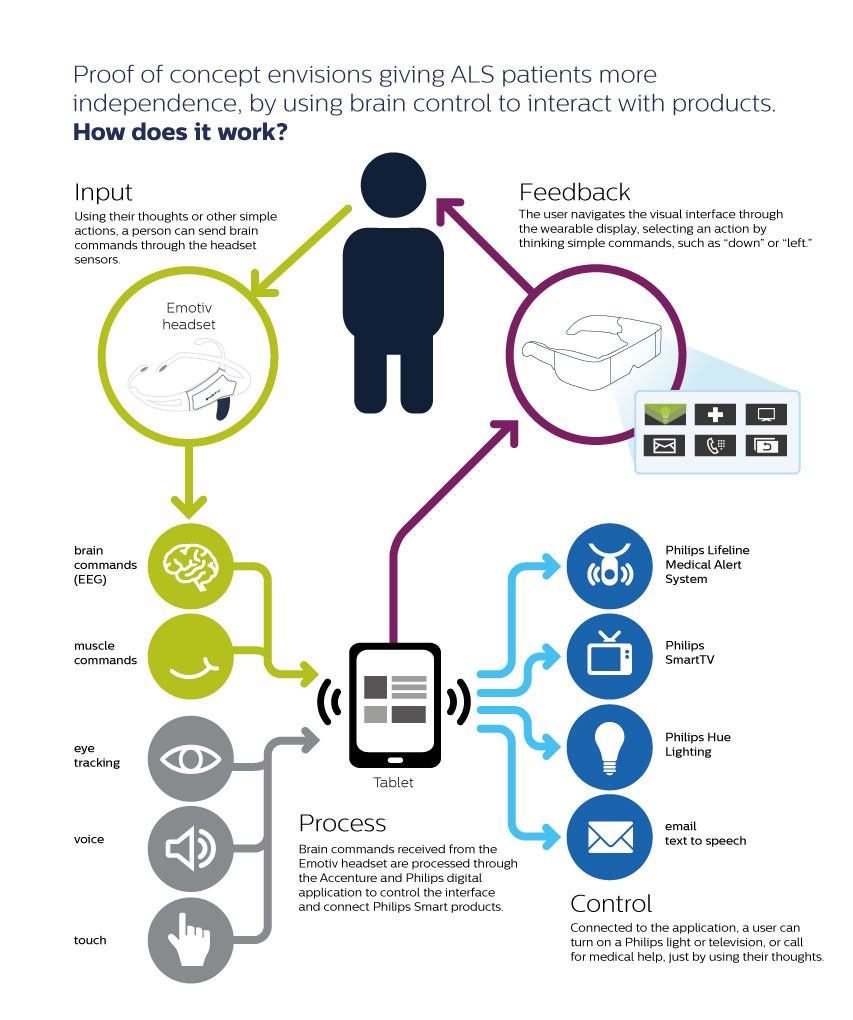
EEG enables ALS patients to control devices, communicate
Philips and Accenture are using EEG brainwaves to help ALS patients command electronic devices via a wearable display, a tablet and software. The system can access a medical alert service, a smart TV and wireless lighting, and communicate via pre-configured messages. The wearable display provides visual feedback that allows the user to navigate the application…
-

Foot sensor for health, fitness, immersive gaming
Boogio detects up to 65,000 points of pressure via sensor layers that clip into shoes, plus and accelerometer and Bluetooth LE radio to communicate with a user’s phone. It detects body weight, gravitational force exerted, balance, and pressure along the feet to determine if a user is leaning. Applications include monitoring injury recovery, the gamification…
-
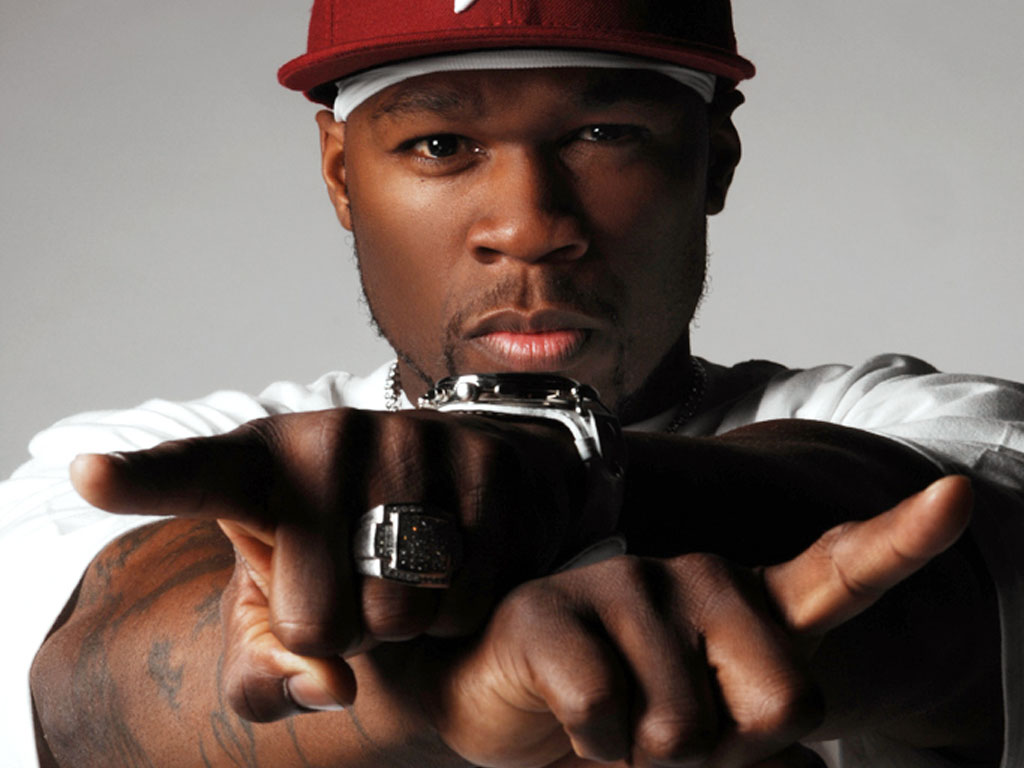
50 Cent/Intel headphones combine music and health
Following Dr. Dre‘s enormously successful Beats by Dre, celebrities are entering the wearable/headphone market, combining audio with health/fitness monitoring features. Intel and rapper 50 Cent, through his SMS Audio venture, have announced a partnered to develop BioSport headphones. Their key feature is a series of biometric sensors integrated into a custom heart rate monitor. An…
-
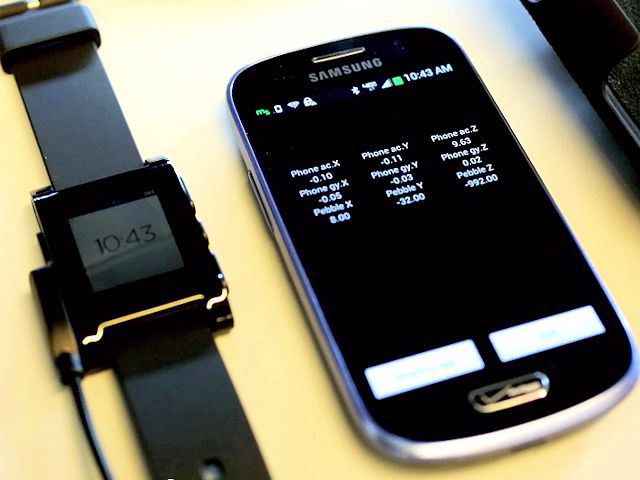
Wearable and app for Parkinson’s tracking
Intel and the Michael J. Fox Foundation have combined smartwatches with analytics software to gauge the impact of Parkinson’s medications. (Intel press release here.) 25 clinical trial participants wore (originally crowdfunded) Pebble watches to track tremors, gait, sleep patterns and other indicators for four days. 300 data points per second per patient were relayed to the…
-
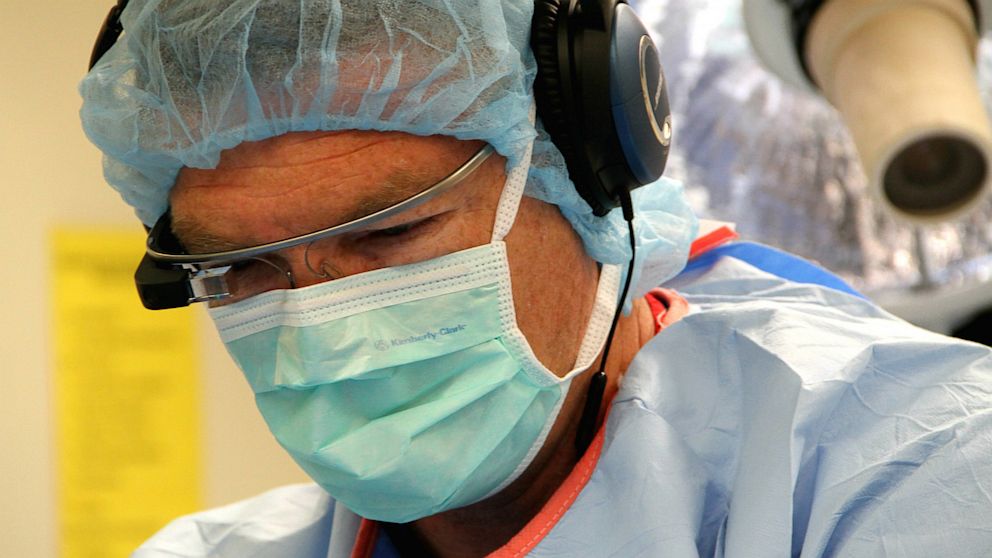
Google Glass software provides visual feedback in surgery
A challenge in surgical training is facilitating an attending surgeon’s visual feedback to residents conducting operations. CrowdOptic‘s software lets one Google Glass wearer receive another’s point of view by looking in the other user’s direction. It is being used in the Department of Cardiothoracic Surgery at Stanford University Medical Center to improve resident training in complex…
-
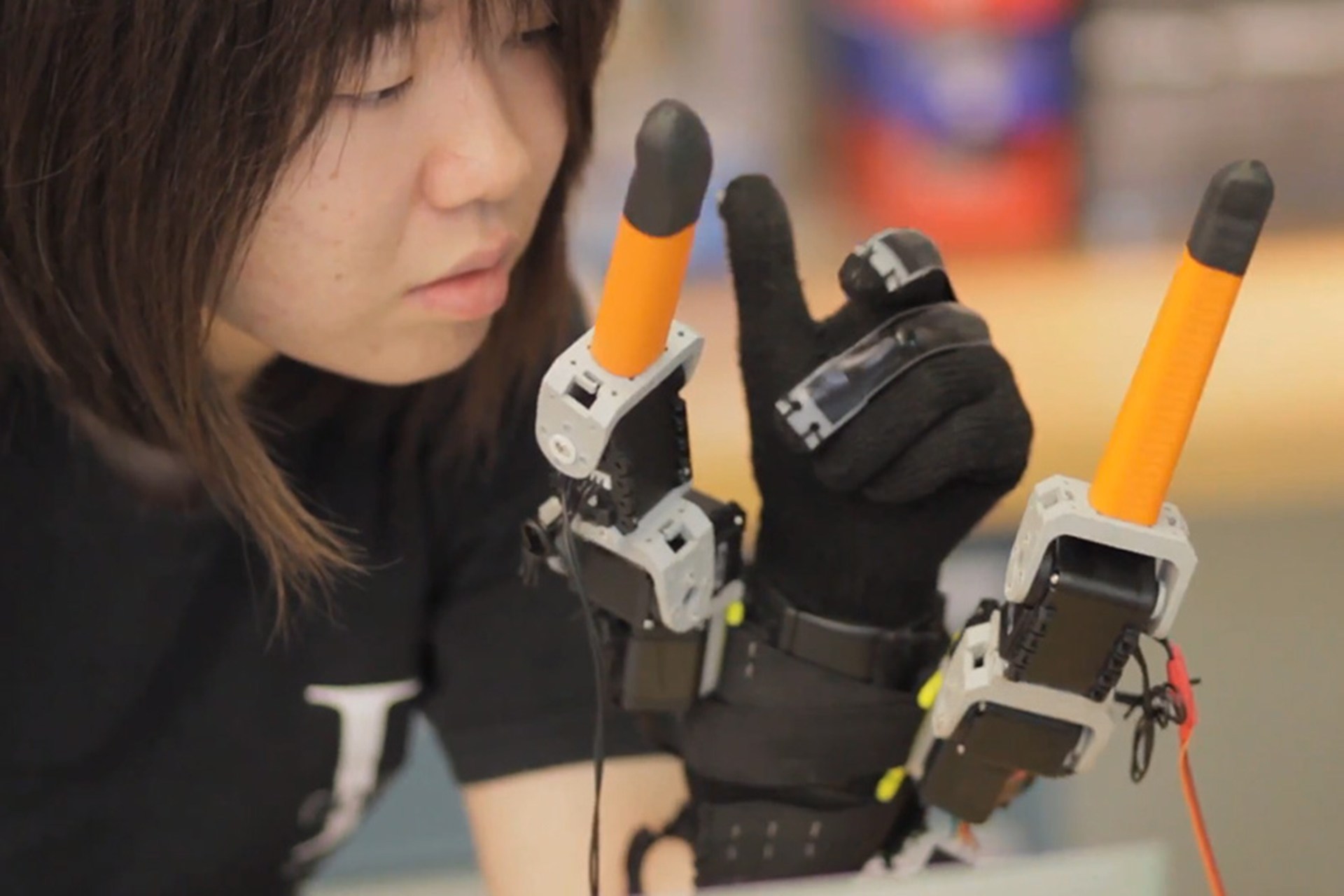
Robotic fingers enhance grip
MIT researchers, led by Professor H. Harry Asada, have developed a robot that enhances the grasping motion of the human hand. Worn around one’s wrist, the device works like two extra fingers adjacent to the pinky and thumb. It consists of actuators linked together to exert forces as strong as those of human fingers during…
-

Apple granted “iTime” patent
Apple‘s U.S. Patent No. 8,787,006 for a “Wrist-worn electronic device and methods therefor” describes a wearable touchscreen device that can be docked into a wrist strap, turning it into a smartwatch. One illustration names it “iTime”. The device connects to an iPhone, iPad or computer to access information and receive alerts. Its strap could contain haptic mechanisms, various…
-
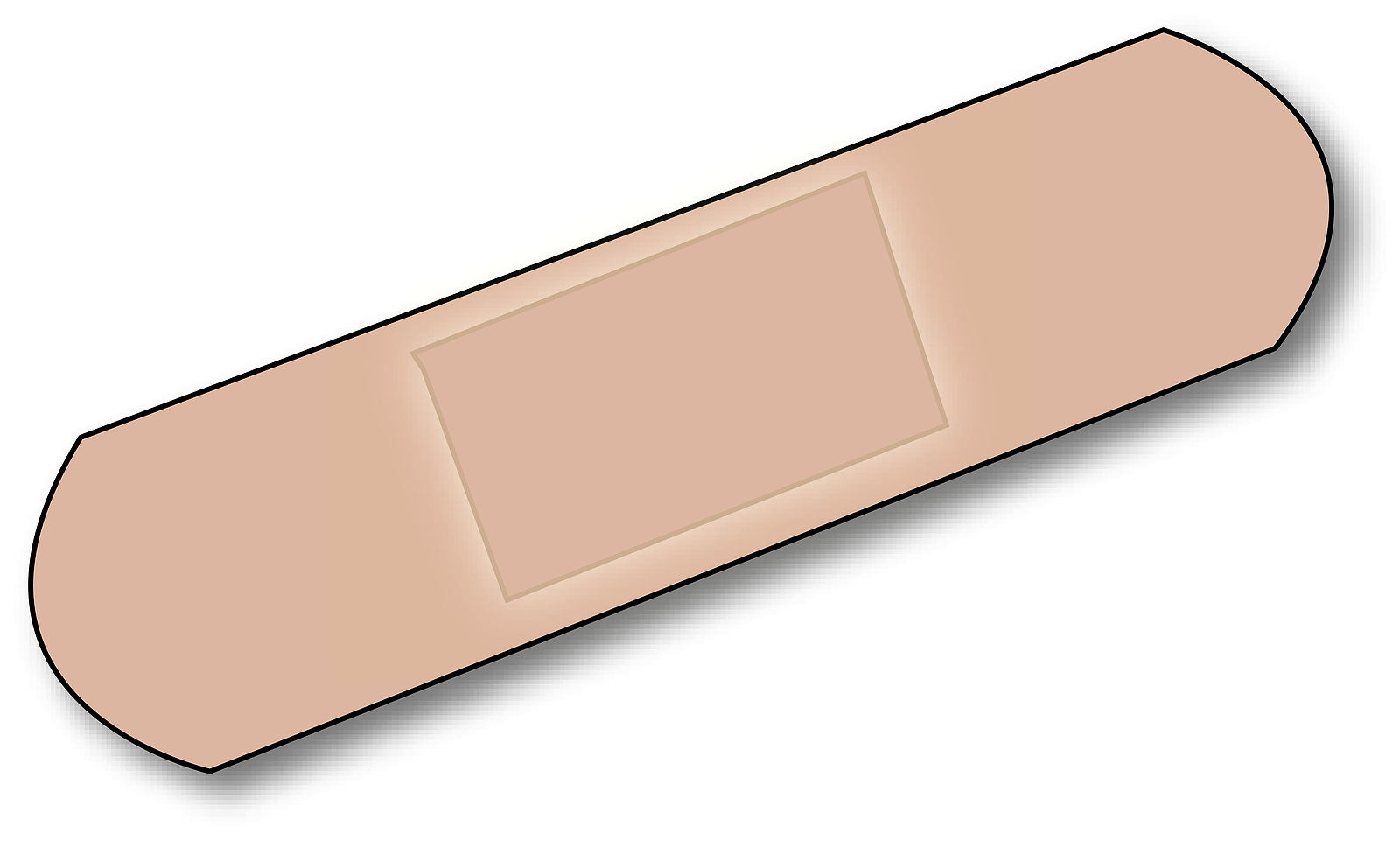
Sensor / 3D printing / bandage combination for continuous monitoring
Bioscope bandages, developed at the National Taiwan University, wirelessly transmit temperature, heart rate, movement and vital sign data to doctors to monitor or remotely diagnose. The bandage comes with an integrated thermometer, accelerometer, and sensors to measure electrical activity. A microphone can track organ sound patterns to detect disease. The area holding the modules is…
-
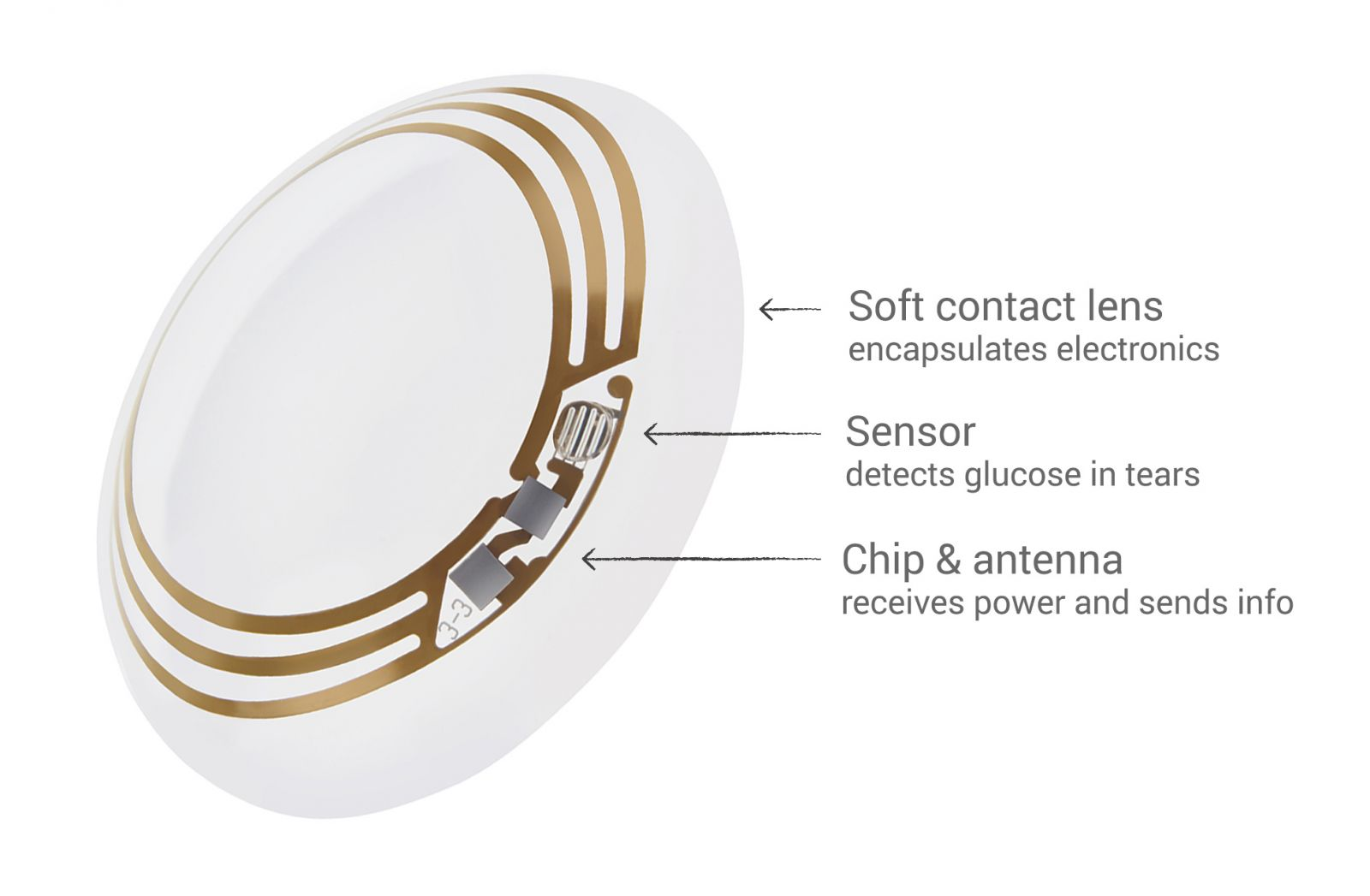
Google/Novartis “smart lens” monitors diabetic eyes, helps presbyopia
Google announced its “smart lens” prototype 6 months ago. (See ApplySci, January 14 2014). Today they have partnered with Novartis to accelerate its development as a tool to manage eye conditions. Non-invasive sensors and microchips embedded in the lens monitor fluid to provide continuous, minimally invasive glucose measurement. The data is sent wirelessly to a…
-
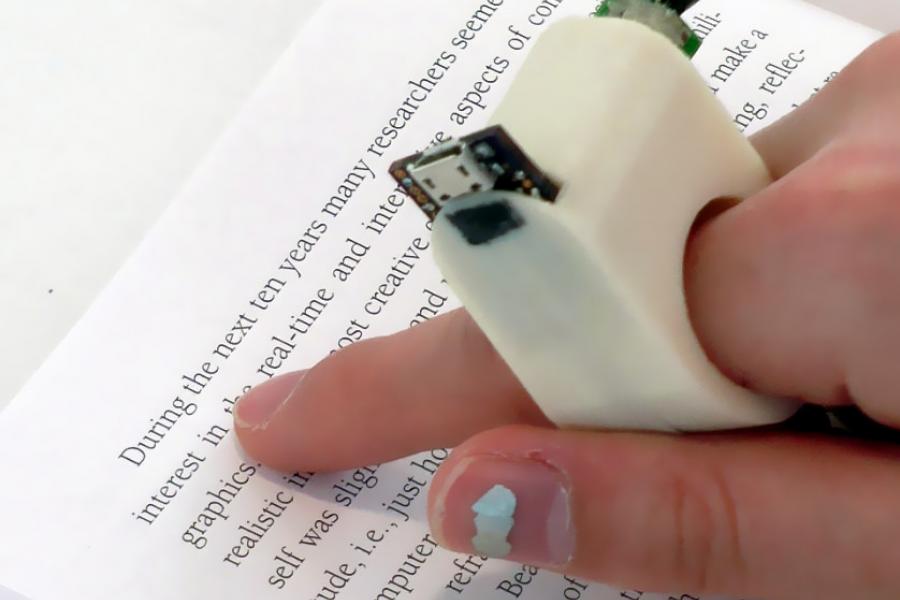
Reading ring provides audio, haptic feedback
FingerReader is a 3D printed reading device, worn on the index finger. It was designed for the vision impaired, but could also be used as a translation tool. Its camera scans text when a finger is moved over it. Software tracks finger movement, identifies words and processes the information. Wearers receive audio feedback of the words…
-

Biometric shirt monitors astronaut vital signs
Astroskin is a prototype medical monitoring shirt and headband for astronauts that could be used to continuously monitor patients. Its sensors record and analyze the wearer’s vital signs, sleep quality and activity level. Data is relayed to medical teams on the ground to monitor a crew member’s health, behavior and performance during daily operations and…
-
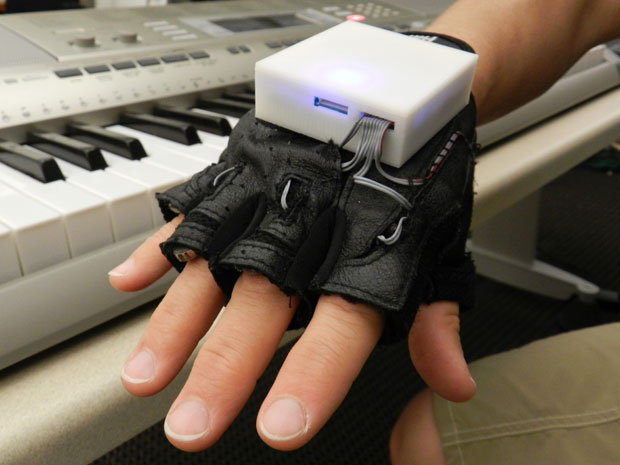
Wearable computer creates muscle memory
Georgia Tech Professor (and Google Glass technical lead) Thad Starner has invented a wearable computer that could provide muscle memory to enable someone to play music or learn dance steps. It is based on haptic feedback, and might one day help the visually or hearing impaired learn Braille or Sign Language. In a piano-playing experiment,…